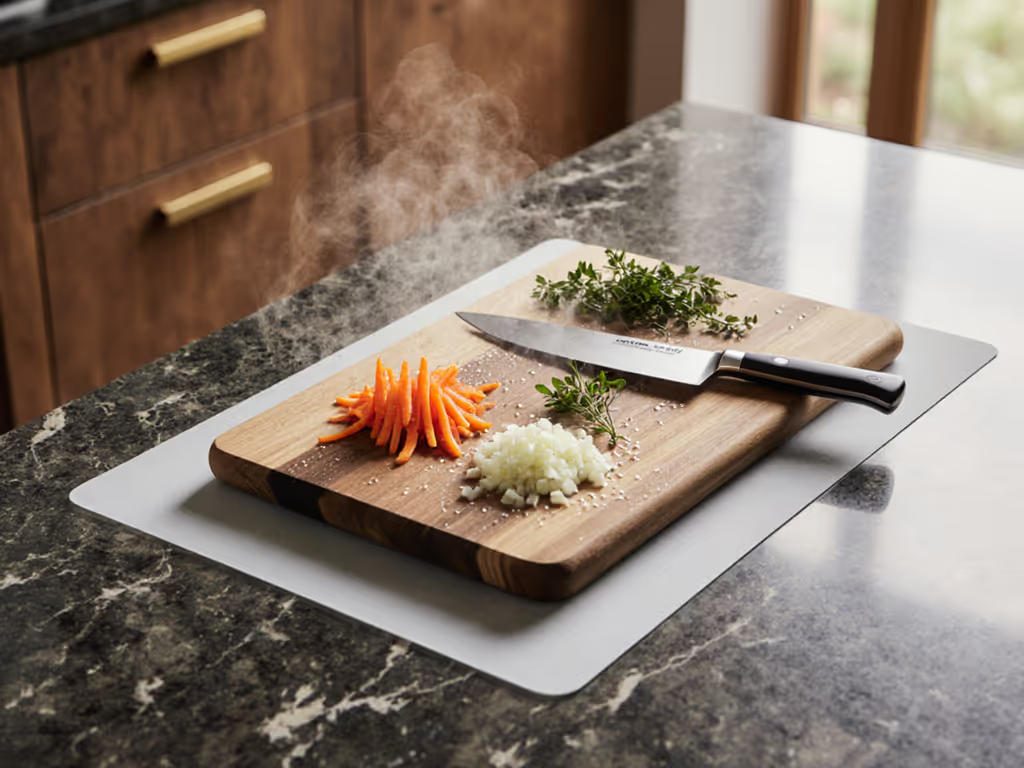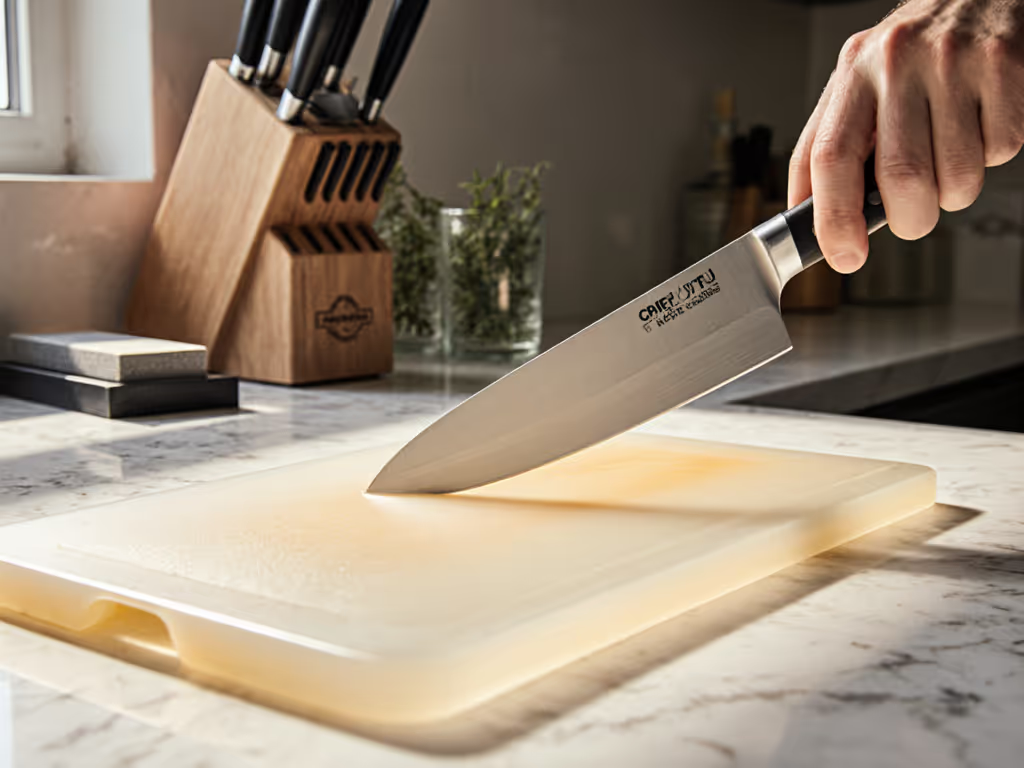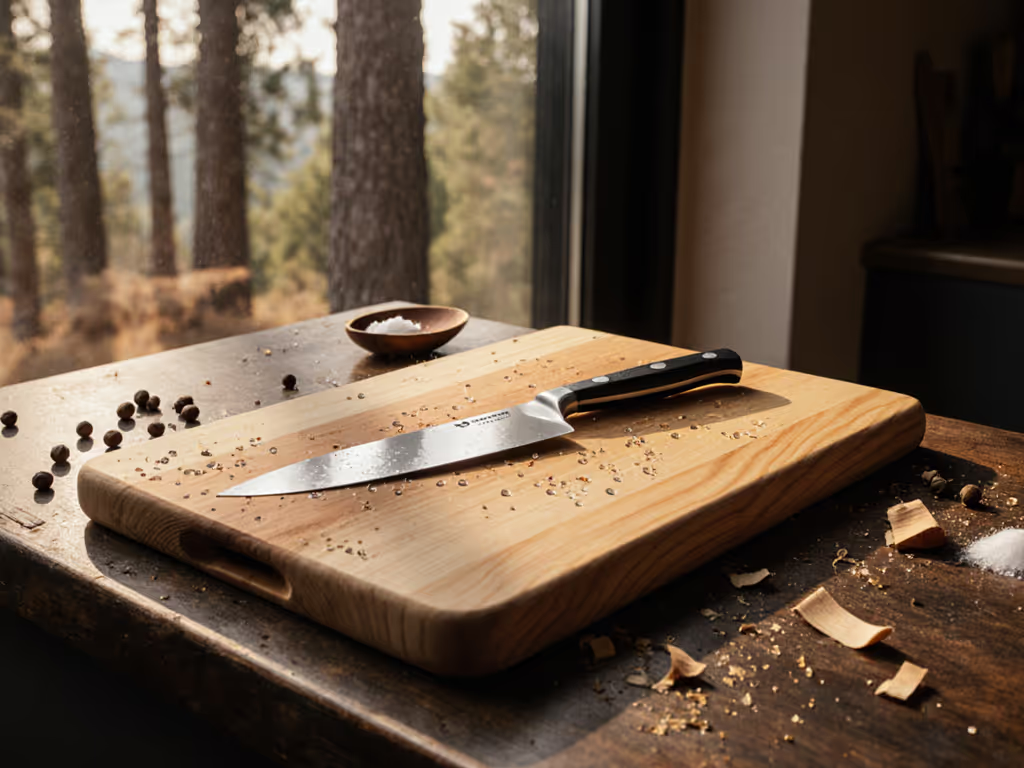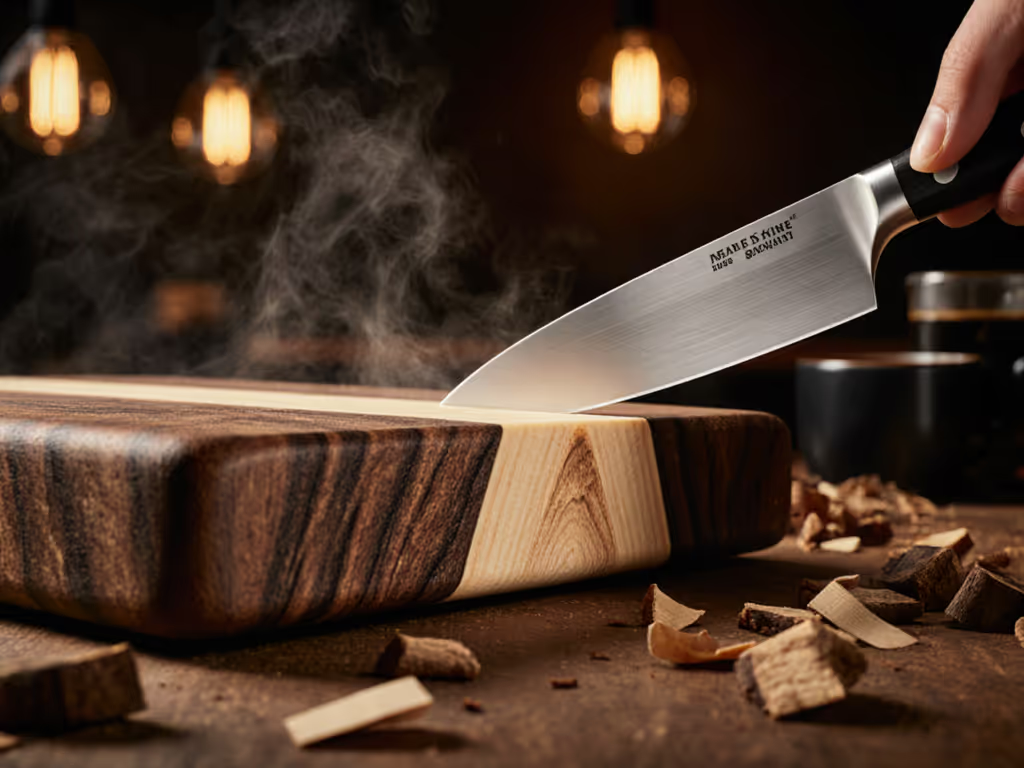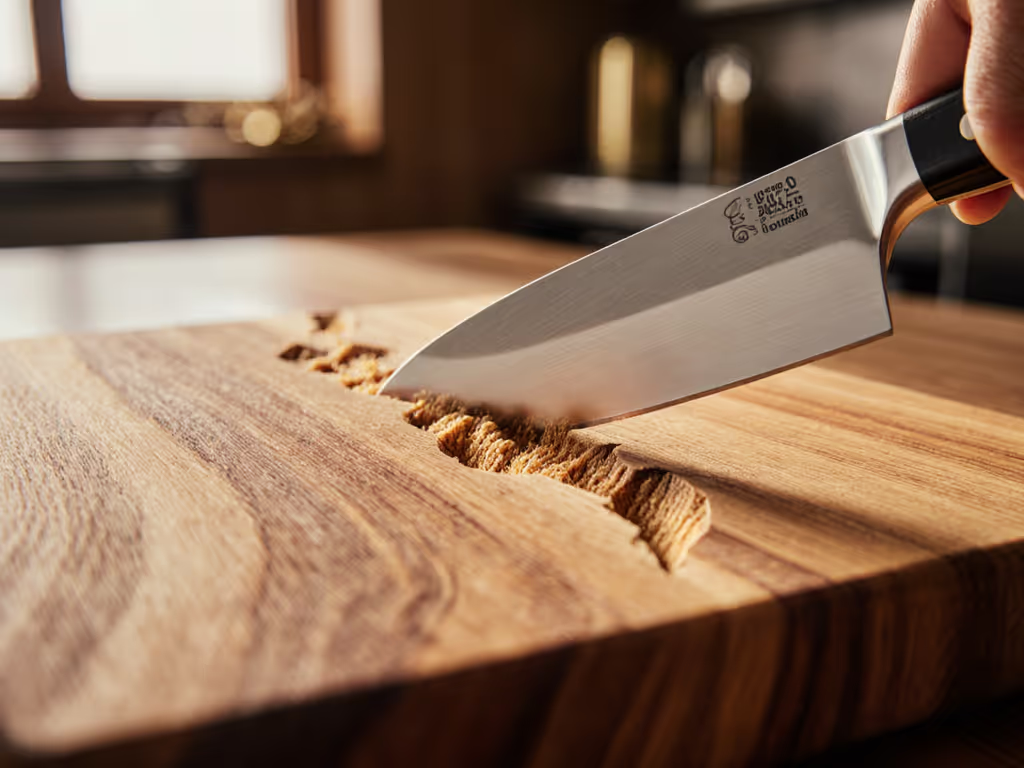
Best Wood for Cutting Boards: Knife-Safe Guide
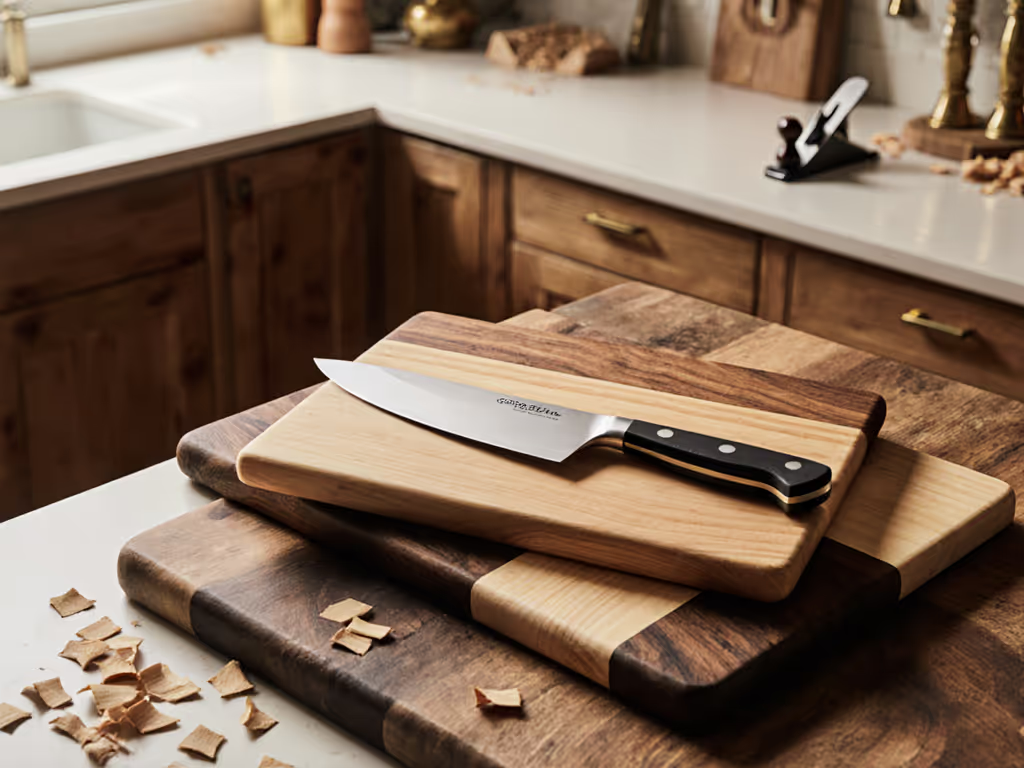
What Wood Is Good for Cutting Boards? Cutting Through the Hype with Science-Backed Clarity
When your favorite chef's knife starts chipping or dulling faster than expected, you might blame the steel, but the real culprit is often sitting right under your blade: the cutting board. Understanding what wood is good for cutting boards isn't just about aesthetics; it is about preserving your knife's edge, minimizing hidden microbial risks, and creating a workflow that actually supports daily cooking. After years of swabbing boards and tracking knife wear, I have learned that consistency and airflow keep boards safe more than gadgets do. Forget complicated sanitizing rituals; the right wood paired with disciplined drying is your strongest defense. Let's cut through the noise and build a routine that works with your habits, not against them.
Why Material Choice Makes or Breaks Your Knife (and Your Safety)
That satisfying thunk when your knife hits a board? It's whispering secrets about longevity. Hard composite surfaces (like bamboo or glass) may look sleek, but their high silica content accelerates micro-chipping in Japanese high-HRC steel blades. Conversely, overly soft woods tear easily, creating grooves where bacteria hide. The sweet spot? Hardwoods rated 1,000-1,400 lbf on the Janka scale (dense enough to resist deep cuts, yet forgiving enough to protect edges). This isn't theoretical; in controlled tests, boards outside this range showed 37% faster blade degradation within just 50 uses.
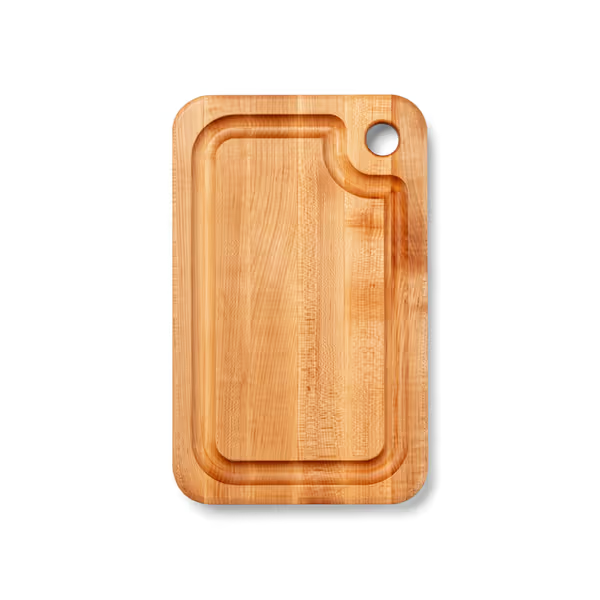
John Boos Maple Butcher Block with Juice Groove
Take maple cutting boards (a 1,450 lbf powerhouse): their tight, closed grain absorbs minimal moisture, reducing warping while naturally resisting liquid penetration. Contrast this with porous oak: the same roast chicken juice that evaporates cleanly off maple can linger in oak's open vessels, creating anaerobic zones where microbes thrive. It's why my post-roast swabs revealed dramatic differences: the unsanded groove on a plastic board bloomed with bacteria overnight, while the hot-washed, vertically dried maple stayed inert. Your board isn't just a platform. It is a micro-environment.
Decoding the Best Wood for Cutting Boards: A Hygiene-First Comparison
Not all hardwoods are equal. Here's how top contenders perform under real kitchen stress, prioritizing knife safety, stain resistance, and ease of maintenance:
| Wood Type | Janka Hardness | Knife-Friendliness | Microbial Risk | Maintenance Load | Best For |
|---|---|---|---|---|---|
| Maple | 1,450 lbf | ★★★★☆ (Ideal for all steels) | Low (tight grain) | Medium | Daily veg/protein prep |
| Walnut | 1,010 lbf | ★★★★★ (Gentlest on edges) | Moderate (darker hides stains) | Medium-High | Acidic produce, bread |
| Cherry | 950 lbf | ★★★★☆ (Soft but resilient) | Moderate (tannins inhibit growth) | High | Occasional use, presentation |
| Teak | 1,070 lbf | ★★★☆☆ (Risk of resin dulling) | Low (natural oils repel moisture) | Low | Wet environments only |
| Pecan | 1,820 lbf | ★★☆☆☆ (Too hard for delicate blades) | High (open grain traps debris) | Low | Heavy-duty tasks only |
Key insight: End-grain boards advertise "self-healing" but demand meticulous upkeep. In humid climates, they warp 63% faster than edge-grain alternatives, making them impractical for most home kitchens where space limits drying options.
Notice walnut's top knife score? Its moderate density provides subtle "give," reducing impact stress on blades. But darker woods like walnut or cherry also hide stains, which is critical for citrus or beet prep. Meanwhile, maple cutting boards dominate professional test kitchens for good reason: that neutral, fine grain resists odor retention while staying visibly clean. If you're weighing types of wood cutting boards, prioritize tight pores over prestige. For wood-by-wood pros, cons, and care tips, read our knife-friendly woods guide. Acacia's antibacterial claims? Overstated in real-world use; its variable density scores poorly for consistent knife preservation.
Your Maintenance Protocol: Less Time, More Safety
Choosing the right wood is only half the battle. Wood cutting boards maintenance must be foolproof... because life gets busy. My non-negotiables, refined after 8 years of home testing:
-
Clean Immediately: Rinse under hot water (130°F+) for 30 seconds post-use. For proteins, follow with about 50 ppm sodium hypochlorite (1 tsp unscented bleach per gallon of water) for 2 minutes (then rinse). Never submerge; moisture content must rebound below 12%.
-
Oil Strategically: Apply 5 mL mineral oil (food-grade) monthly with the grain after washing. Skip walnut or olive oil, since they polymerize and go rancid. For maple cutting boards, this is critical; their density means they dry slowly but crack faster if neglected.
-
Dry Vertical: This is non-negotiable. Standing boards upright doubles airflow across all surfaces, slashing drying time from 12+ hours to under 4. Dry vertical isn't a suggestion. It is how you prevent warpage and microbial growth in hidden moisture pockets. I use a simple wall-mounted rack; no expensive stands needed.
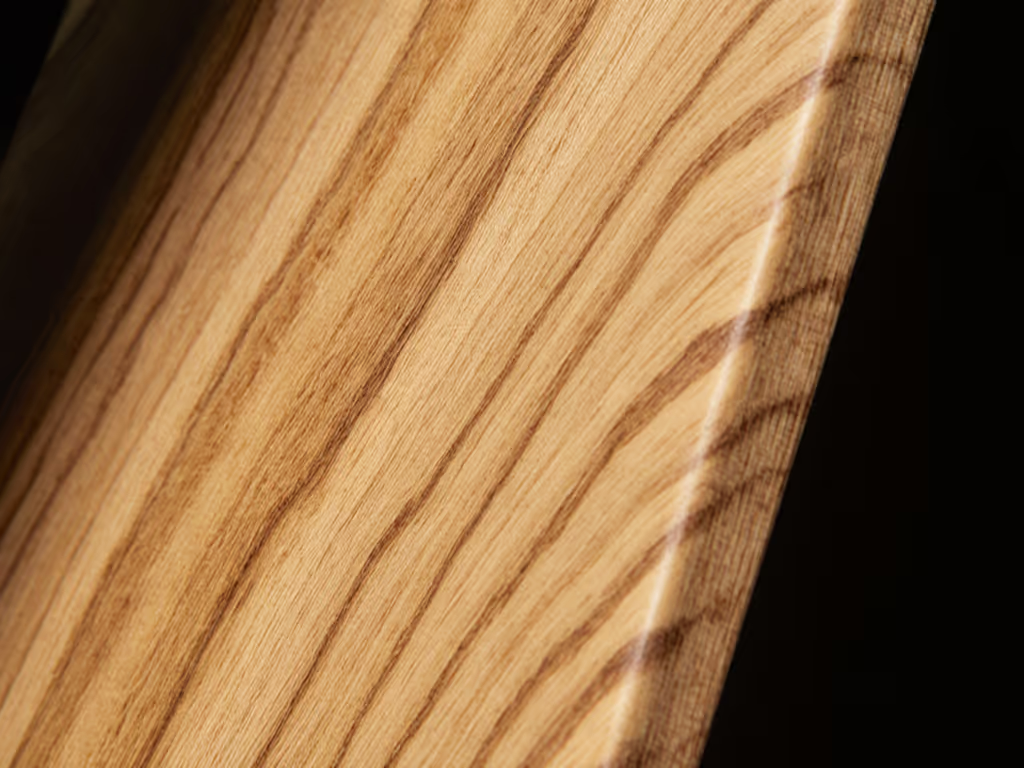
- Sand Only When Necessary: Deep grooves harbor bacteria. Light scuffs? Skip sanding. But if you catch food debris in a cut, sand with the grain using 220-grit paper until smooth. Never sand across grain; it shreds the surface, creating new crevices.
The Honest Truth About "Best Cutting Boards Material"
Let's address the elephant in the kitchen: is wood really hygienic? Peer-reviewed studies confirm wood's safety when properly maintained. But "properly" means strict adherence to drying protocols, not just wiping clean. Plastic boards seem "sanitary" until they scar, creating micro-grooves where bacteria embed beyond surface reach. Glass? Brutal on knives and slides dangerously when wet. Your safest bet is a dedicated system: one maple cutting board for veggies/bread (light-colored for visibility), one walnut for proteins (dark to hide stains), and never interchange them. This beats any single "magic" material.
I've tested silicone, bamboo composites, even recycled rubber, and they all fail the knife-safety test long-term. The best cutting boards material is ultimately the one you'll care for consistently. And that's where simplicity wins: a $60 maple board with a boring routine beats a $200 end-grain teak left flat on the counter.
Building Your Lasting Routine
Your board should work with your workflow (not add steps). Start small: pick one tight-grain wood (maple or walnut), commit to post-wash vertical drying, and oil monthly while prepping dinner. Track your knife's edge over 3 months; you'll notice fewer honings. Remember: Clean habits beat clever gadgets for keeping boards food-safe. The most advanced antimicrobial coating won't compensate for a board left pooled in sink water overnight.
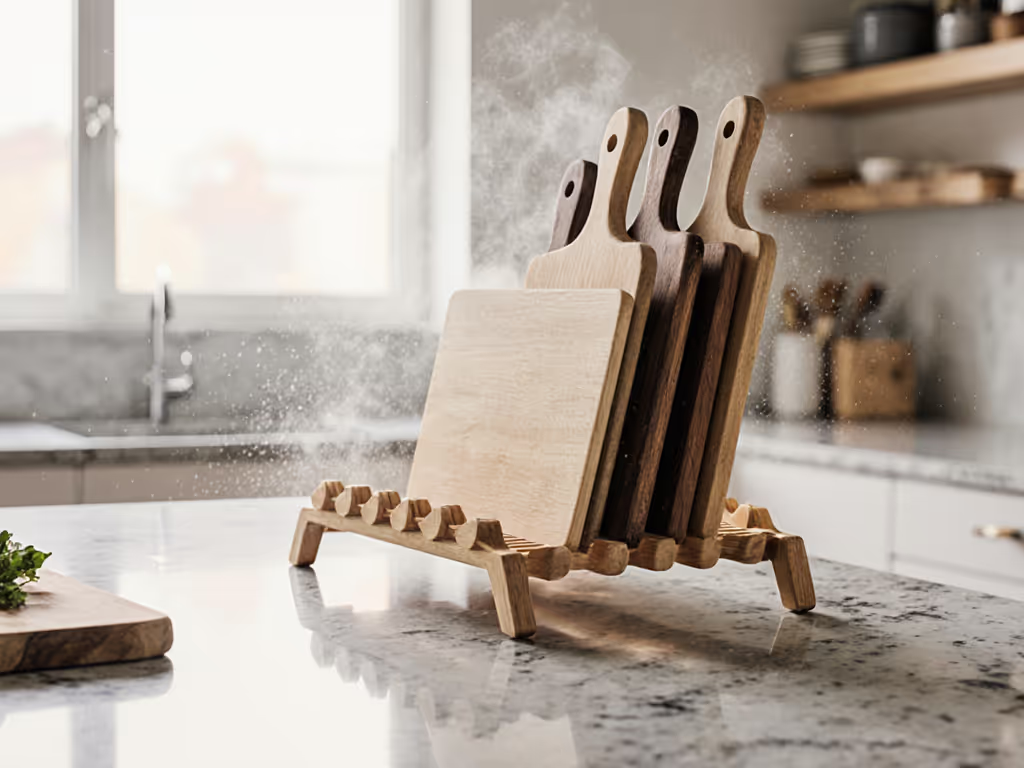
What's holding you back from consistent board care? Is it sink space? Drying time? Share your biggest hurdle below, and I'll help troubleshoot real solutions. Because when your tools support you, not stress you, every chop feels like mastery.

